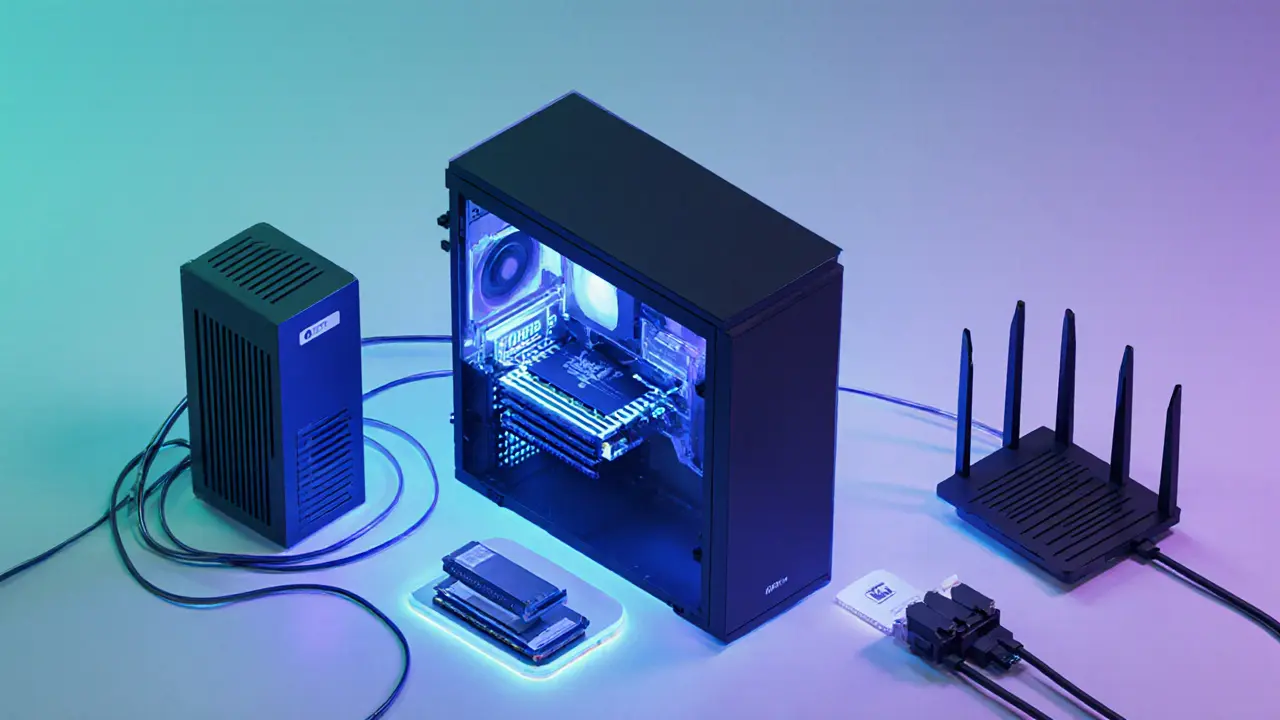Validator Node Specs: Essential Hardware and Software Guide
When working with validator node specs, the detailed hardware and software requirements for running a validator in a proof‑of‑stake blockchain. Also known as validator requirements, it decides how reliably a node stays online, processes blocks, and earns staking rewards.
At the heart of any PoS system is Proof‑of‑Stake, a consensus method where token holders lock up assets to become validators and secure the network. This consensus model requires validators to meet certain performance thresholds, otherwise they risk penalties or missed rewards. Staking rewards, the income earned for correctly validating transactions and maintaining uptime are directly tied to how well your node meets those thresholds. In practice, higher‑end CPUs, SSD storage, and a stable internet connection translate to better block propagation and fewer missed slots.
When you pick hardware, focus on three attributes: CPU speed, disk I/O, and network latency. A modern 8‑core processor with a base clock above 3 GHz handles transaction verification without bottlenecks. NVMe SSDs reduce read/write delays, especially on networks with large state databases. Finally, network latency, the time it takes for your node to receive and broadcast new blocks should stay under 50 ms to avoid falling behind peers. Pair these with a reliable power backup and regular OS updates to keep the node secure.
Having the right validator node specs can boost your earnings, lower the risk of slashing, and make you a more valuable participant in the ecosystem. Below you’ll find a mix of deep‑dive articles, how‑to guides, and security checklists that cover everything from selecting the optimal CPU to fine‑tuning your node’s network stack. Dive in to see how each piece fits together and start building a resilient validator setup today.

Detailed guide on the exact CPU, RAM, storage, network and power specs needed for a reliable Ethereum validator node in 2025.
- Read More
